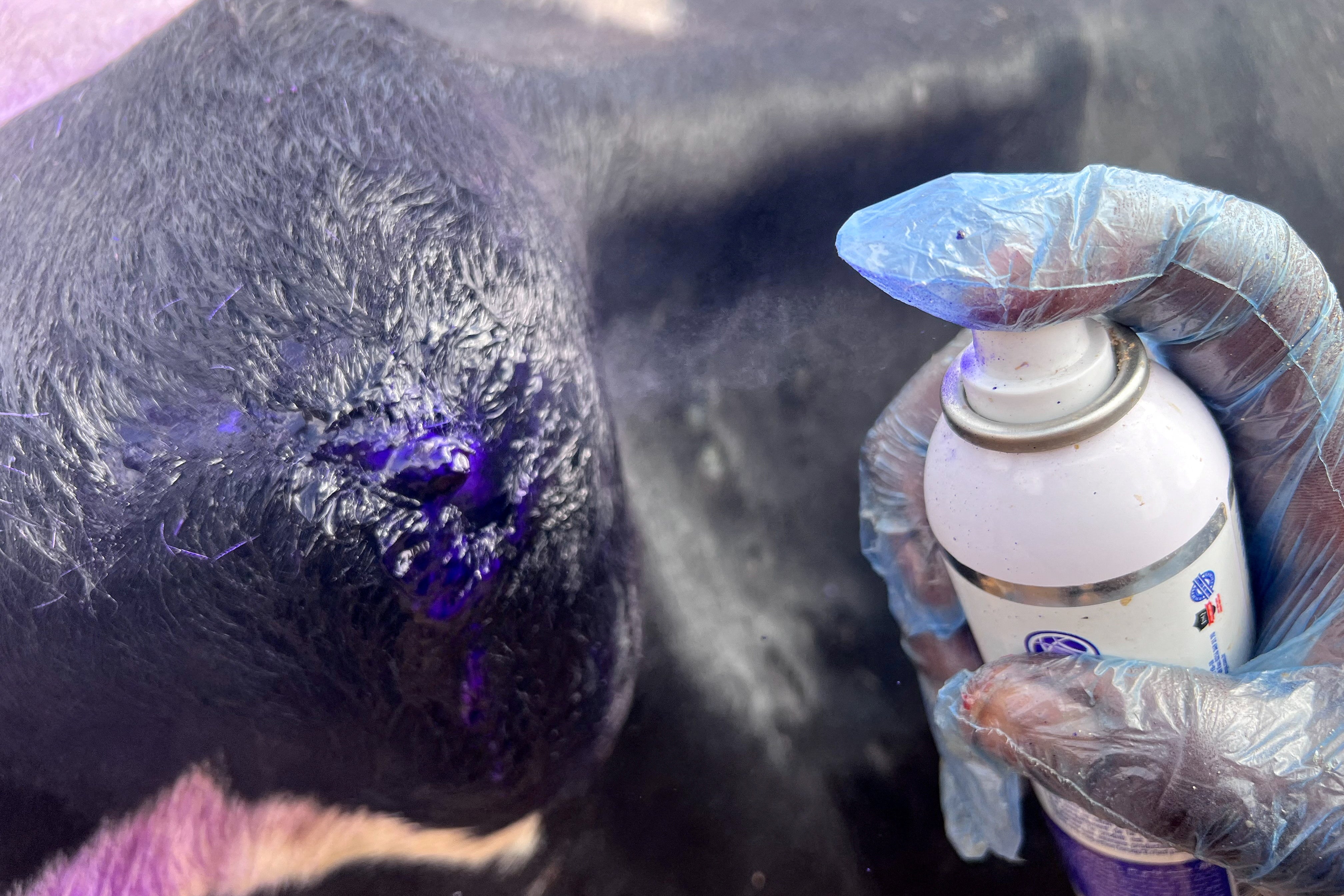
France has detected a case of lumpy skin disease at a cattle farm in the Savoie region near the Alps.
On Sunday, the agriculture ministry confirmed it was the country's first outbreak of the highly infectious viral disease.
Lumpy skin disease, which causes fevers and blisters in infected cattle and buffalo, is transmitted by insect bites, such as those from mosquitoes and ticks.
While it does not pose a risk to humans, outbreaks often lead to trade restrictions and devastating income losses for cattle farmers due to deaths, decreased milk production, emaciated animals, and birth issues.
The disease, which is widespread in North Africa, has also been detected in Italy in recent weeks, the first known occurrence in the country.

Following the case, detected on June 21 on a cattle farm in Sardinia, the UK has restricted imports of live bovine animals, their germplasm, raw milk and milk products of bovine origin and bovine offal.
According to the World Organisation for Animal Health, the outbreak was confirmed following clinical suspicion. The origin of the infection is unknown or inconclusive.
French authorities have restricted cattle movement in a 50-kilometre (31-mile) area around the outbreak to try to contain the disease, the ministry said.
In 2022, an outbreak of the viral disease killed nearly 100,000 cows and buffaloes in India and sickened more than two million others.
The outbreak had a disproportionate impact on small farmers, many of whom had insulated themselves from the shocks of climate change by rearing cattle for milk, said Devinder Sharma, an agriculture policy expert in northern Chandigarh city.
The first cases in South Asia were detected in 2019, before it spread to India, China, and Nepal. The first known case globally was recorded in Zambia in 1929 and has extended through Africa and more recently to parts of Europe.







